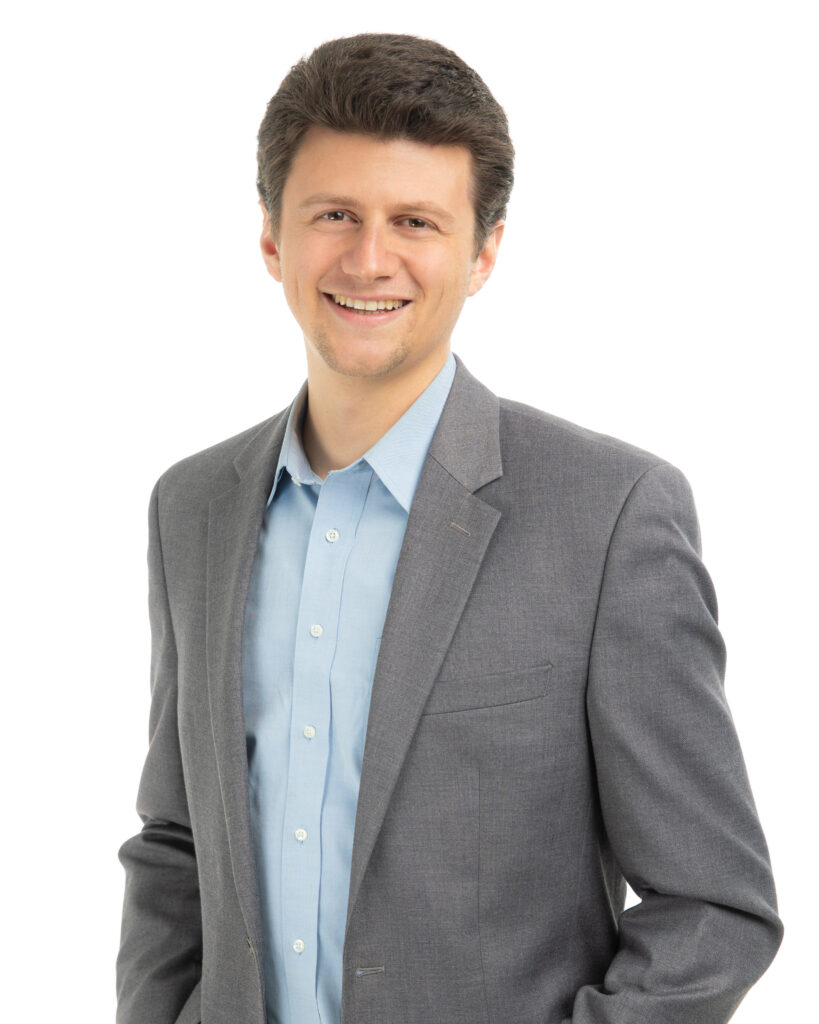Imagine a scenario where an employer wants to hire someone to solve a problem. But the problem is, they don’t know exactly how the problem should be solved nor who can solve it. So they put a very generic job listing on their website and hope the right person finds it. The application is a persuasive essay.
This is the world of grant funding. To persuade a person or group through text, you must first know your audience and what they care about. Thus, understanding and aligning your proposal with the funder’s mission and values is essential. Doing so dramatically increases the likelihood of your project receiving financial support.
“But how do you do that exactly?” you ask? Simple. Keep reading.
A. Why it matters
In everyday conversation, we’re always sharing things with those we talk to. Interestingly, what we share changes depending on who we’re talking to. It’s the same when applying for a grant. In the foundation’s mission statement and solicitation, they tell you exactly what they want to hear. To maximize your chances of receiving funding, you must tell them how exactly you are also trying to do the same things and that you have the capability to execute. Funders want to know that their resources are being invested in projects that align with their goals and principles, and can make a tangible impact.
B. Research the funder
Before you begin writing your proposal, it’s worth looking at organizations and projects they’ve funded in the past. That information is typically located on their 990 tax form, but can also be found on the funder’s website, annual reports, or other public documents. Sometimes you may notice a geographic, demographic, or mission-based focus.
Some funders only fund entities that exist within their guild or ecosystem.
You may spend days going through funders and their histories by hand, so I highly recommend using Quillify’s foundation AI search tool to do it for you. Quillify parses through every funder’s giving histories, mission statements, and more to create a short list of mission-aligned funders for your consideration. This turns the weeks-long manual process into an hour-long review.
C. Align your proposal with the funder’s mission and values
Once you have a clear understanding, ensure your proposal demonstrates alignment. Let your communication reflect the verbiage given by the funder to help it resonate.
Consider:
A. Tell a story
To effectively communicate alignment, use storytelling techniques that target the three types of readers in the grant world: data-driven funders, funders of the heart, and business savvy funders.
B. Convince the Data-driven Funder
Efficiently use powerful data and evidence to support your claims. Use statistics, research, or case studies.
C. Convince the Funder of the Heart
Move this type of reader by making it personal. Share personal stories or testimonials that brings your impact to life.
D. Convince the Business Savvy Funder
Show that you run a tight ship by showing scrappiness and maximum dollar per impact. Don’t request more funding than you need to get the job done and show how every dollar will be put to optimal use. It’s much more compelling to say “each dollar fed 8 children” than to say “it took $100 to feed each child”. But unlike my example, keep it realistic.
A. Showcase your expertise
They want to know that you’re the right one for the job. Highlight your organization’s expertise in the field, including past successes or lessons learned.
B. Explain your unique approach
Unique things get funded often because nobody else is doing it, but should be. As long as it’s a high quality project that aligns with the funder’s values and mission, go for it!
C. Highlight partnerships
Having friends in the community show that you’re not working in a bubble and makes it feel like you’re more reliable. Showcase partnerships contributing to success.
If the project stops when their money runs out, nothing has really changed. Showcase how you’re going to ensure the torch is carried beyond the grant. You can do that by:
Finally, a clear budget demonstrates planning and responsibility. Funders love to see that they’re not the only ones shouldering the financial burden. It’s actually good to briefly tell them the full cost and indicate where the rest of the budget is assuredly coming from. As always, only ask for what you need and include a justification.
If the funder lets you pick a dollar amount, look at their 990 to identify what range you can realistically ask for. Again, Quillify’s AI foundation search identifies this for you without any extra effort.
By aligning with the funder’s mission and values, you increase your chances of securing funding for your impactful work. Click the button below to get a report on funders that are mission-aligned with your projects and how much to expect in a grant. And don’t hesitate to check out Quillify’s AI proposal drafting platform on its website.

Wesley Stevens, the CEO and Founder of Quillify, is an AI expert with over 10 years of AI and nonprofit experience. His successful track record with SBIR grants from the DoD along with his technical expertise, nonprofit volunteering, and personal understanding of the grant landscape inform his vision to revolutionize how people approach securing funding.
Dive into a world of opportunities where securing funding is not just a possibility but a reality.
36 E Cameron Street
Tulsa, OK 74103
Email: [email protected]
Support: [email protected]
Phone: 539-766-8349
Hours: Mon-Fri 9:00 AM – 5:00PM